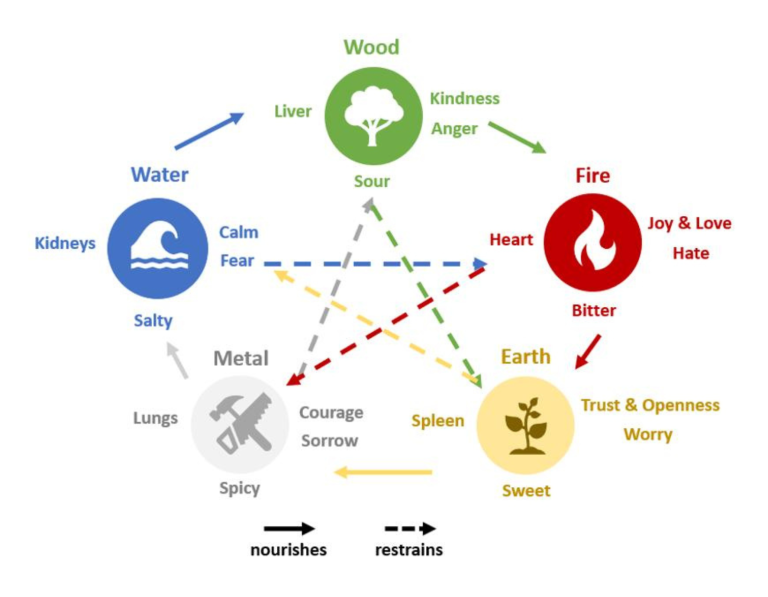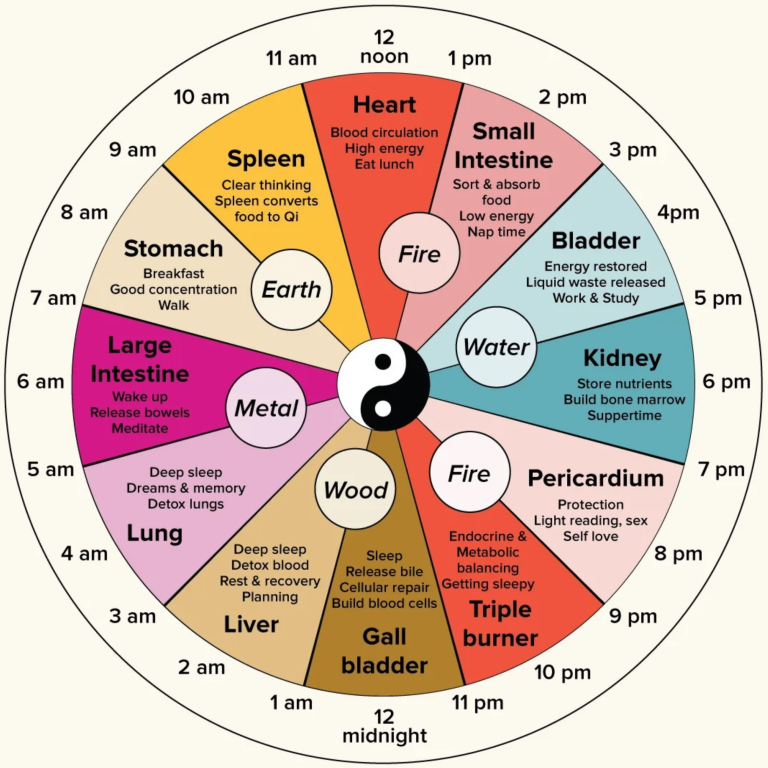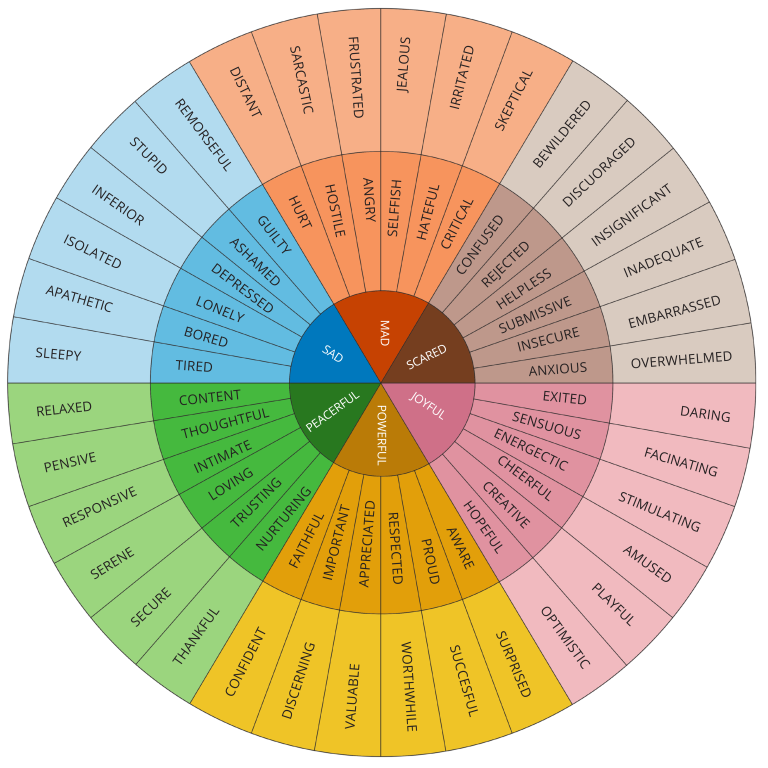
Traditional Chinese Medicine (TCM) encompasses a thorough understanding of circadian and seasonal rhythms. It can be explained as “harmony between human and nature”. The Five Elements (Wood, Fire, Earth, Metal, and Water) help frame how we understand these rhythms and provide a universal order to life in our world. Each element is associated with a season, direction, climate, stage of growth and development, internal organ, body tissue, emotion, aspect of the soul, taste, color, sound, and more. Essentially, The Five Elements are a blueprint that reveals how nature interacts with the human body as well as how each dimension of our existence is interconnected on many levels. Through understanding these rhythms, we can more deeply understand how to support optimal health and balance.

Each element provides a framework for existence. For example, if you’re looking at the Five Elements diagram you’ll see the Water element. Water is related to the season of winter, a cold climate, the direction north, the color black, the Kidneys, and the emotion fear. Each of these share a deep, sometimes not entirely obvious, connection to each other. Winter brings an essence of cold, which relates to and impacts the Kidneys, and it is linked to the emotion of fear, though not always in a visible way.
We can also look at how The 5 Elements overlay with the 24 hour body clock. This clock primarily explains how the body functions at particular times of day in order to maintain wellness. Each organ corresponds to a two-hour interval when it’s most abundant and strong. Alternatively, the time opposite each organ’s interval is when it is at its weakest energetic point. This relative strength and weakness reflects the importance of balance, which is a core principle in TCM. Specific emotions are inherently connected with organs in TCM, which also link to times of the day. For example, many people tend to wake up between 3-5 am, during the Lung time. The emotion associated with the Lungs is grief or worry, so many people find it common to wake up during that time of the night worrying, or feeling sad.

Emotions show up in our lives in many unexpected ways, manifesting themselves on different levels. Through the lens of The 5 Elements and the 24 hour body clock, we can examine our emotional states, allowing us to more deeply understand how our emotions are connected to our physical, mental, and spiritual well-being.
How we navigate through our day-to-day lives (and thrive!) is an important part of our emotional well-being. Having a balanced emotional state is essential for maintaining a regulated nervous system. Our thoughts, mindset and feelings impact our ability to manage stressful or challenging situations and play a role in how we interact on an emotional level with others. When our mental health is strong, through both the good times and the bad, it’s an indicator of a balanced emotional state. In other words, you know how to move through and recover from stressful, unpleasant, and emotionally challenging situations.
Positive thinking supports you through the rollercoaster of life as you navigate your ups and downs. Of course, negative emotions are a natural and unavoidable part of life. It’s not the source of these negative emotions that’s the problem – it’s how you manage it. You won’t be able to control every external stressor, but you can control how you deal with it. It’s unrealistic to think that you can live in a constant positive or stress-free state. That’s just not going to happen. The goal is to be able to successfully manage your emotions as you move through the negative emotional state back into a positive state of calm. This makes you resilient and prepares you for the next time you experience a negative emotion or external stressor.
What we feel and the emotions we experience directly affect our nervous systems as well as our cardiovascular, neuroendocrine, and skeletomuscular health. When we don’t do well with managing our negative emotions we are more likely to be soldiering on in a chronic stress state. This chronic stress state could be contributing to hormonal imbalances, cardiovascular issues, fatigue, digestive complaints, frequent infections, and a weakened immune system. Think about it – when you’re experiencing a specific emotion where in the body does that emotion reside? How does TCM present this emotion in relation to The 5 elements and 24 hour body clock? By pausing to reflect on our emotional state we’re able to build resilience.
The cycle will continue – it’s how you regulate your nervous system that counts. Allow yourself to move through the cycle and your own experiences without getting stuck. How we identify and respond to our feelings shows the state of our emotional health. Our reactions can be improved by rewiring and training the unconscious brain in order to create new neural pathways that support a balanced emotional state and a regulated nervous system.
The expanse of human emotions is huge. Think about the number of different emotions that you can experience. Luckily, there’s a fun tool for that! The Feeling Wheel, developed by Dr. Gloria Willcox, is one version of a helpful tool used to understand emotions. People who are able to differentiate their emotions, down to the intensity, are able to communicate more detailed emotional experiences and use a variety of words to represent different kinds of experiences. Expanding your emotional vocabulary and using it in a flexible way can help you to regulate your emotions more effectively so that you can move through difficult situations with resilience.
The Feeling Wheel is a tool designed to help people expand their emotional vocabulary. This version consists of six core groups of emotions. It’s important to note that the feelings and emotions included in the Feeling Wheel are not a complete overview of all possible feelings and emotions. They simply serve as a guide and starting point that may help you describe your experiences. It’s also possible to experience different emotions at the same time. The emotions and feelings in the wheel are not mutually exclusive, but can exist in many combinations, even positive and negative at the same time. To dive even deeper, look back at The 5 Elements and 24 hour body clock diagrams. How are these emotions manifesting in different parts of your life?
Remember that “you cannot heal what you cannot feel”. Be compassionate towards yourself while swimming in the ocean of emotions that is you.

Here are some ways that you can incorporate The Feeling Wheel into your life:
The wheel organizes 72 feelings into a pie chart of sorts and buckets them into these 6 groups: sad, mad, scared, joyful, powerful, and peaceful.
The wheel can be useful in identifying the specific feelings and emotions you are experiencing at any given moment so that they can be addressed and resolved. For instance, if you experience a general sad feeling, you can use the outer bands of the wheel to figure out what specific kind of sadness you might feel. For example, maybe what you are really experiencing is feeling ignored. Note that the reverse can also happen. For instance, by using the wheel you may realize that feeling inadequate may be rooted in rejection or fear on a deeper level.
Direct reflection
You can use the wheel to explore the emotions you are feeling at any given moment during the day. For instance, after a nice conversation with someone, you notice a general feeling of joy. Using the wheel you may ask yourself; what kind of joy am I experiencing right now? Can this feeling best be described as excitement, creativity, cheerfulness etc.?
Daily reflection
At the end of a day, you can take a moment to contemplate and look at the wheel. What did you experience today? Maybe you felt guilty. Once you find “guilty” on the middle band of the wheel, you can see that the associated core feeling (nearer the center) is “sad”, and the more specific, nuanced feeling (on the outer band) is “remorseful”. Maybe due to forgetting something you promised to do.
Long-term reflection
The wheel can also be used to explore deeper and longer-term emotions that may be impacting you. For instance, maybe you have been feeling scared over the last several months, since the time you lost your job. By going to the core feeling “scared” on the inner band of the wheel, you can look at the two outer bands for feelings associated with “scared” to try to unveil the more detailed, nuanced emotions you are experiencing. You might conclude that you are more specifically feeling rejected and insecure. This can be an important insight that can help you to take specific action.
References:
The Feeling Wheel by Dr. Gloria Willcox


